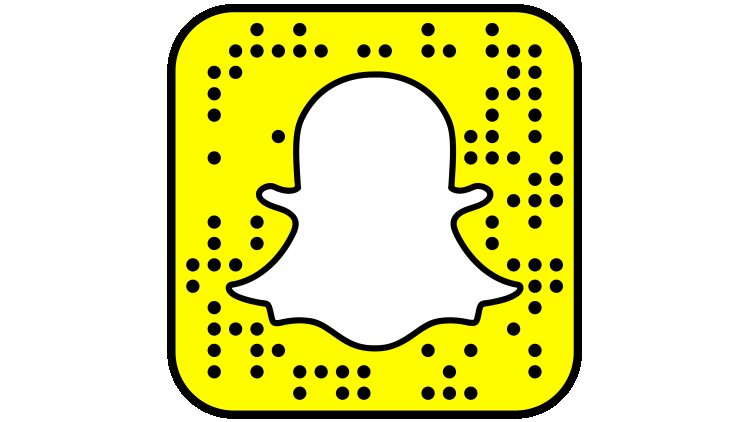Snapchat removes Maori tattoo filters after outcry
They serve as a way to mark each wearer's particular genealogy and heritage and are chiseled into the skin during a significant ritual.

Snapchat, a social networking platform, has deleted a function that let users give their faces traditional Maori tattoos.
The filters were removed after a Maori community protest in New Zealand over their discovery.
Maoris view tattoo art as sacred and view it as a significant indicator of an individual's identity.
The action comes in response to local media reports that the filters were becoming widely used on social media.
Images of people using Instagram filters with names like "Maori Face Tattoo" and "Maori" were shown on Radio New Zealand.
The filter and a replica had been taken down from the Snapchat site, according to a statement from Snap, the company that owns it.
Snapchat's Lenses, or filters, are created using the free and open-source program Looksery, which enables users to alter the elements of the filters in real-time. The website allows users to exchange and freely use user-generated lenses.
Snap said in a statement to the BBC that it "encourages our community to design Lenses that are inclusive and any uploaded on Snapchat must comply with our community guidelines."
These state unequivocally that we forbid material that disparages, denigrates or encourages prejudice.
By the time of publication, Instagram's parent company, Meta, had not commented.
Moko, or facial tattoos, have long been a part of Maori culture. They serve as a way to mark each wearer's particular genealogy and heritage and are chiseled into the skin during a significant ritual.
Men's tattoos typically go from the forehead to the throat, but women's tattoos typically run from the lips to the chin.
Because of this, no two tattoos are alike, and the widespread use of the same filter on the faces of numerous different social media users fueled the uproar.
Both Maori men and Maori women are showing renewed interest in moko.
A new generation of tattoo artists has helped moko become more widely recognized and accepted in New Zealand since the 2000s, according to the Museum of New Zealand.

 Boakyewaa Lawrencia
Boakyewaa Lawrencia 


































